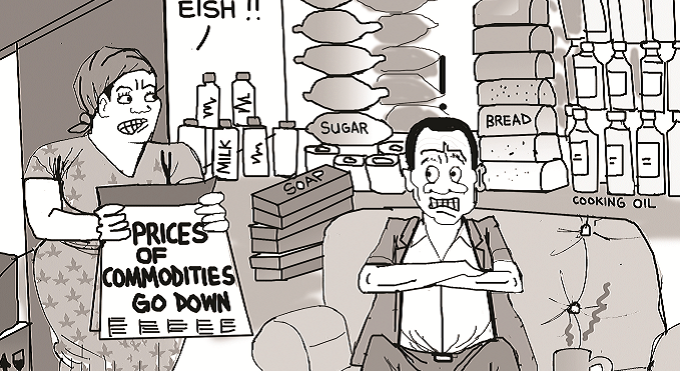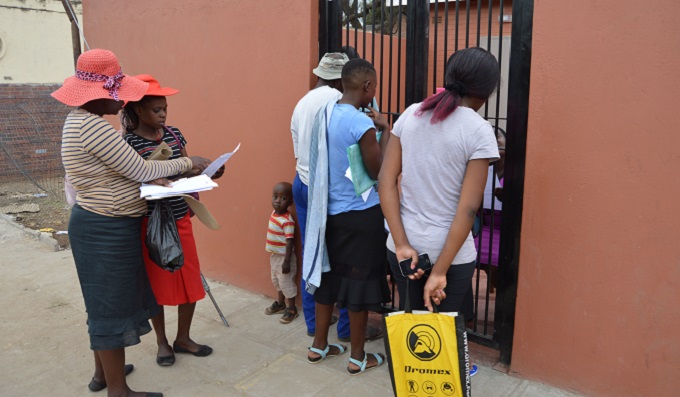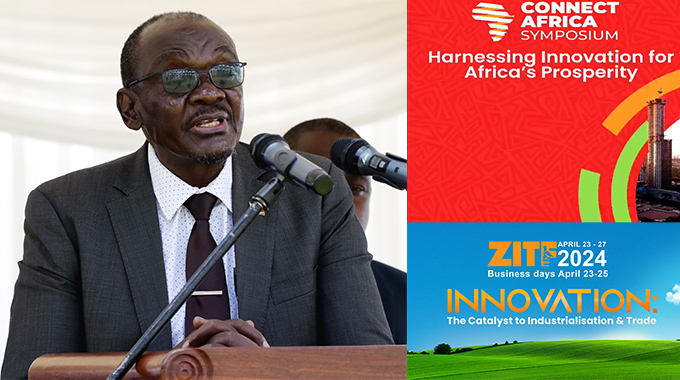Cement price increase unjustified: PPC Zim

Dumisani Nsingo, Senior Business Reporter
LEADING cement producer Pretoria Portland Cement (PPC) Zimbabwe has assured consumers that it will not increase prices of its products in the wake of unjustified commodity price increases in the retail sector.
Managing director Mr Kelibone Masiyane said the company was receiving tremendous support from Government and that increasing the price of cement would be unjustified.
“We haven’t increased our pricing, which still remains the same as before and at the moment obviously with the support of Government there is no intention of adjusting that and we urge all our customers to resist these high prices because we do have some of our recommended retailers that are actually selling at recommended retail prices,” he said.
The recommended retail price for a 50 kilogramme bag of cement for retailers should not exceed $12 although some were selling it at between $15 and $20.
The company has not increased prices since April 2012 in support of the country’s developmental objectives, said PPC.
The company has recently issued a statement setting the record straight on pricing following a spate of hoarding and artificial shortages of the product on the market.
“Please be advised that PPC Zimbabwe, through its three factories in Zimbabwe, has enough capacity to supply the Zimbabwe market and the price of our cement remains unchanged. Our factory prices have not increased since 2012. We, therefore, urge our customers to resist the unwarranted price increases being effected by some retailers,” read part of the statement.
Mr Masiyane said their Colleen Bawn factory, which underwent planned annual maintenance in July causing a temporary shortage of cement on the market, was now fully operational. The annual maintenance work was undertaken in preparation for increased demand anticipated towards the latter part of the year.
“We have started seeing some improvements in terms of supply just like we promised in our statement a couple of weeks ago and in there we were explaining part of the reasons why we had this shortage, which is essentially to do with plant annual shut down at our Colleen Bawn plant and since then the plant has been running at 100 percent capacity utilisation hence the reason why supplies are starting to improve,” said Mr Masiyane.
The cement industry has the capacity to produce over two million tonnes of cement per annum, enough to satisfy current market demand estimated at 1.3 million tonnes. Mr Masiyane said the $85 million Harare milling plant, which was commissioned early last year, has enabled the company to grab a large chunk of the niche market in the northern part of the country.
“That (Harare) plant has been performing very well and when one goes back to the days when we were thinking about setting it up, from a strategic point of view, I think it’s one of the best decisions that we have ever made. It has really helped us penetrate the market up in the north in a big way so we have clawed back from our competitors a large chunk of our market share. We are starting to be dominant up in the north because of that plant,” he said.
Mr Masiyane said the Reserve Bank of Zimbabwe (RBZ) has been supportive in its allocation of foreign currency to enable the company to operate at full throttle.
“We require quite a lot of forex on a monthly basis just to keep our plants running and I must say we have received quite a lot of support from Government through the RBZ but again it’s not enough. Forex has been a huge challenge in the past but they have always come to the party and we really appreciate that,” he said.
Mr Masiyane said the company’s capacity utilisation was hovering above 50 percent.
“At the moment we are more on a consolidation phase with the Harare plant, which we just commissioned early last year. So, at the moment it’s just to ensure that we ramp up. We are just over 50 percent in terms of capacity utilisation,” he said.
“I think in the future, looking at Zimbabwe in the projected growth trajectory, there will be need to further invest but like we have said in the past, further investment will be determined by what happens in the market. So as soon as we start to see demand approaching installed capacity, that would be a signal for us to start looking at ways and means to say how do we address that going into the future”. — @DNsingo












Comments